Harvest Parsley By Taking The First Few Sprigs In Early Summer, Then Follow These Steps
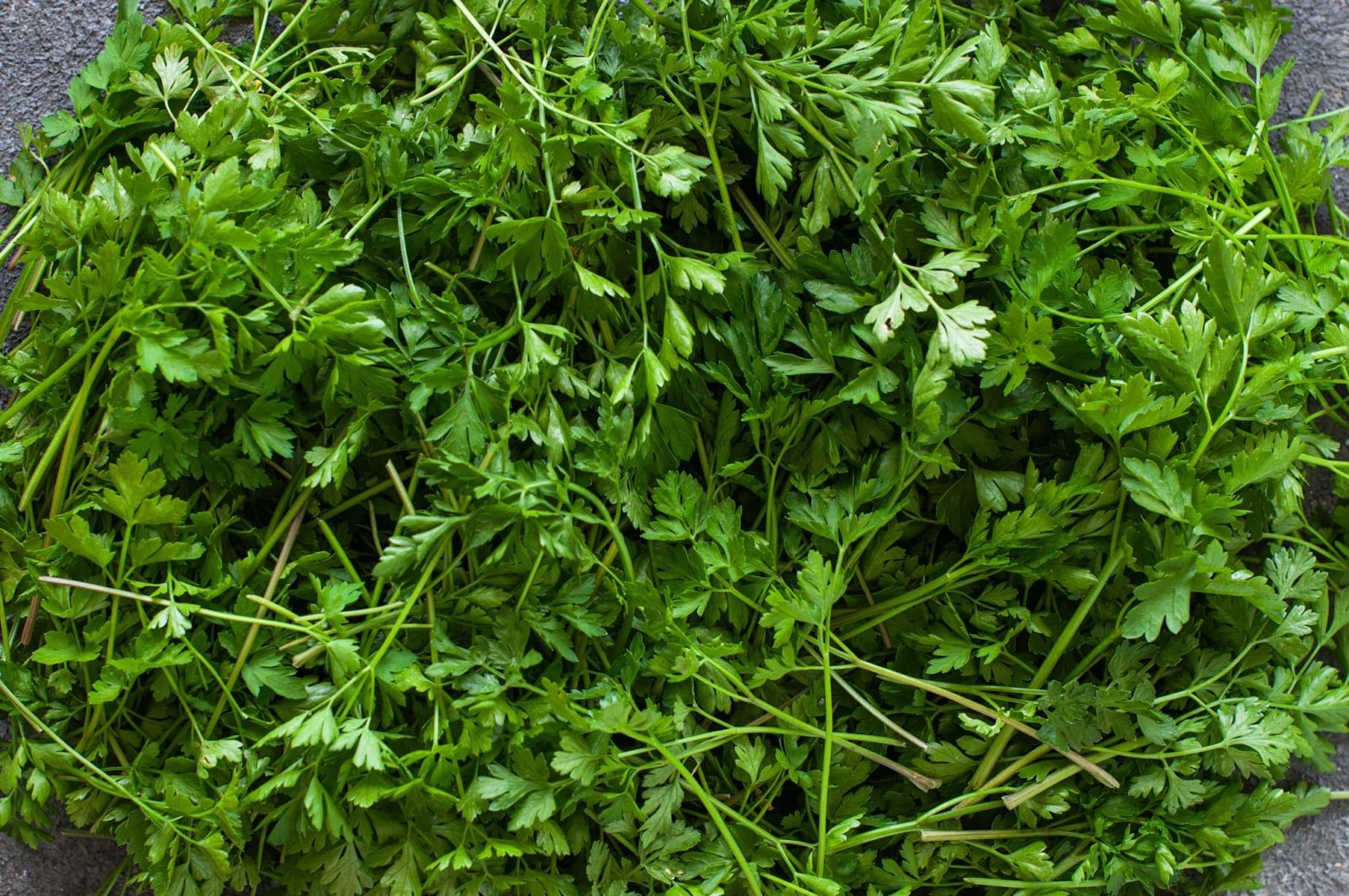
Reviewed By ROY NICOL

Roy is a Professional Gardener and Horticultural Consultant, specialising in large garden year-round maintenance and garden development. He is an RHS Master of Horticulture and uses his research in the application of no-dig methods in ornamental garden settings. Roy has been a Professional Gardener for more than six years and is a member of the Chartered Institute of Horticulture, Professional Gardener's Guild and Association of Professional Landscapers (Professional Gardener).
PARSLEY GUIDES
Harvesting
Parsley is an easy-to-grow herb that can be used in salads or in pot cooking to add a pleasing tingle to dishes.
You can choose the degree of flavour to suit your taste, as parsley comes in a good few varieties, with the main division being between flat-leaved and curly varieties, the former being tinglier and the latter not as-tingly.
This versatile herb can be used fresh or dried and it has an astonishing array of culinary uses.
No matter what use you would like to put your parsley to, you can harvest it judiciously by following these steps:
- Take the first few sprigs in early summer.
- Harvest to thin out the plant when seedlings have developed true leaves.
- Harvest throughout the season, with a cut-and-come-again style of harvesting.
- Store your harvested parsley.
This process is explained in more depth below.
| Difficulty | Easy |
| Equipment Required | Gardening gloves, mini secateurs or scissors |
| When To Harvest | June to September |
1) Take 1-2 Sprigs
For the first step, you should take 1-2 sprigs of fresh parsley.
You may read that parsley can only be harvested when a branching stem has 3 separate segments made up of leaf nodes.
In practice, harvesting in this way would be too impractical and time-consuming.
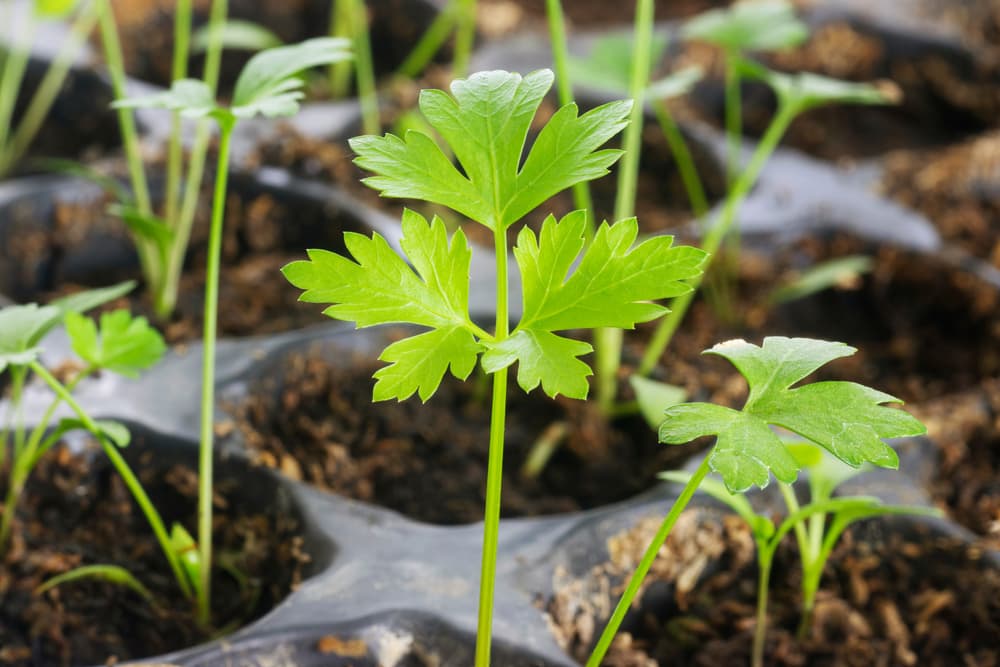
Use this collection technique if you have 2-3 potted plants and need only a few sprigs of parsley for immediate use.
Inspect the plant and isolate a branching stem that has at least 3 clusters of leaves.
Snip off that stem, leaving a bit of it behind near its attachment.
2) The Thinning Harvest
The first harvest, as for many herbs, is a by-product of essential thinning.
When seedlings have developed 3 sets of true leaves, thin them to a spacing of about 15cm by uprooting them, being careful to not disturb adjacent plants.
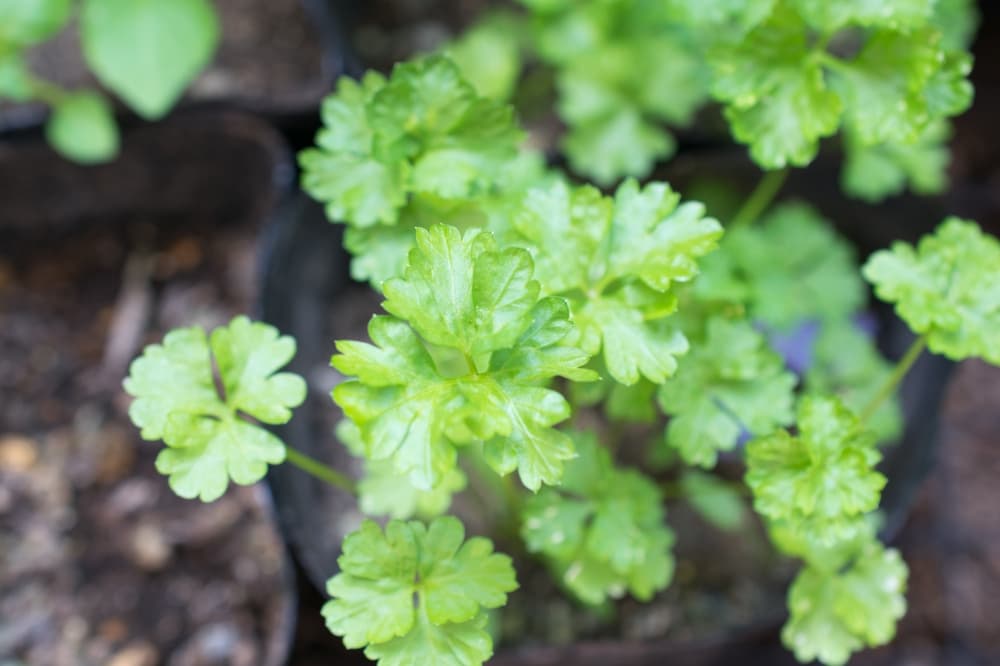
Otherwise, simply snip them off at their base.
You can use the thinnings for salads or garnish.
3) The Main Harvest
Parsley can be harvested throughout the summer, assuming you planted it by early April.
Parsley varieties have a bushy or clumping habit, though many of them could be termed as having a bushy-clumpy habit.
This form of plant lends itself to an ongoing, cut-and-come-again style of harvesting.
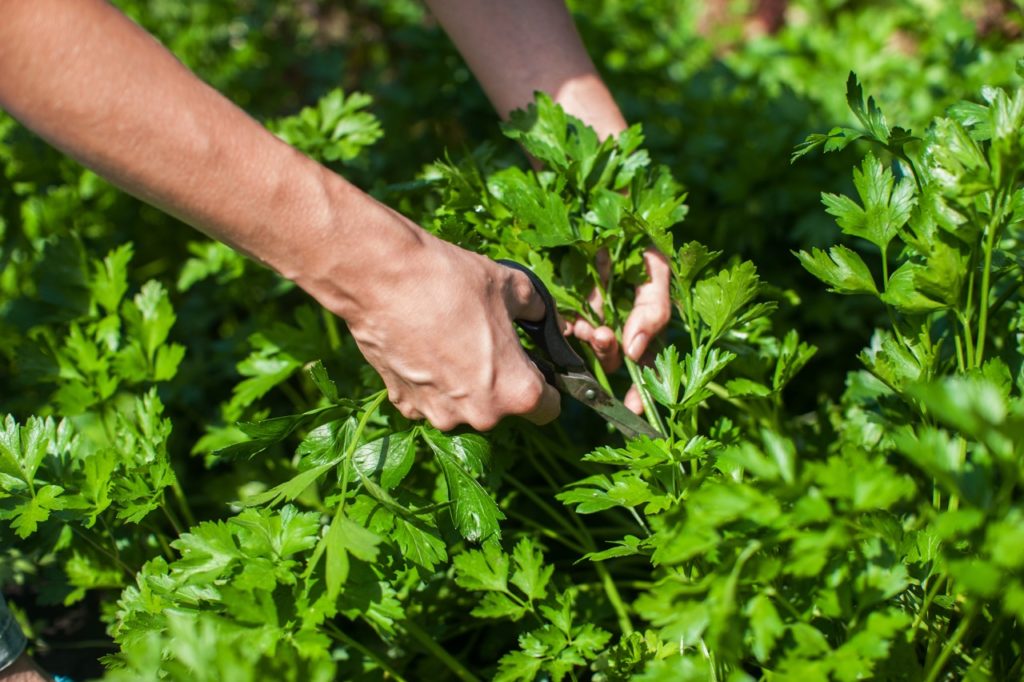
When the plants are 15-20cm large and look properly bushy, you can start to harvest your parsley.
From each plant, take some stems up to about a quarter from the outside of the plant.
Do not disturb the inner stems or the centre.
Cut them cleanly with a pair of mini secateurs or scissors if you prefer.

You will have an easy time of it if you do not point the cutting implement into the plant but, instead, move it in at an angle or tangent to the plant.
Mini secateurs will enable you to work fast but with delicate precision, and the lower curved blade will allow you easily to isolate stems from thick, bushy plants.
This process can be repeated until early September.
It is preferable to harvest in the early or mid-morning, but if your garden has a carrot-fly problem, then harvest in the late afternoon to early evening.
4) Store In Many Ways
Parsley may be stored in several ways, depending on your needs.
Firstly, though, you should wash it well by putting it in a colander and holding it under running water.
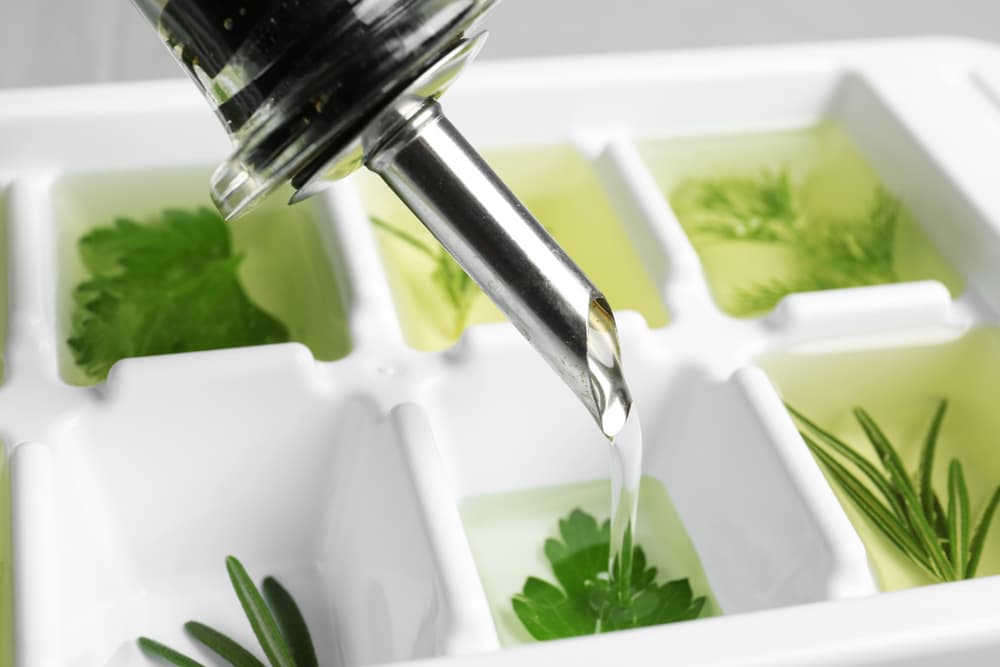
Some ways to store parsley include:
- Wrapping it in a sheet of newspaper and putting that in the fridge’s crisper for short-term storage.
- Putting parsley stems in a glass of water, similar to the way you would put flowers in a vase, and placing that in the fridge for short-term storage.
- Allowing the parsley to air dry, putting it in a plastic zip-lock bag and squeezing out the air. You can then zip up the bag and put it in the freezer for long-term storage.
- Chopping up the parsley, putting it in an ice-cube tray, covering it with water and putting it in the freezer for long-term storage. After, remove the parsley ice cubes on an as-needed basis.
- Making small bundles of the harvest and tying them with twine. Then you should hang them upside-down in a dark and dry place. When the parsley has dried after a couple of weeks, crush or crumble it with your fingers and store the dried parsley in an air-tight mason jar.

